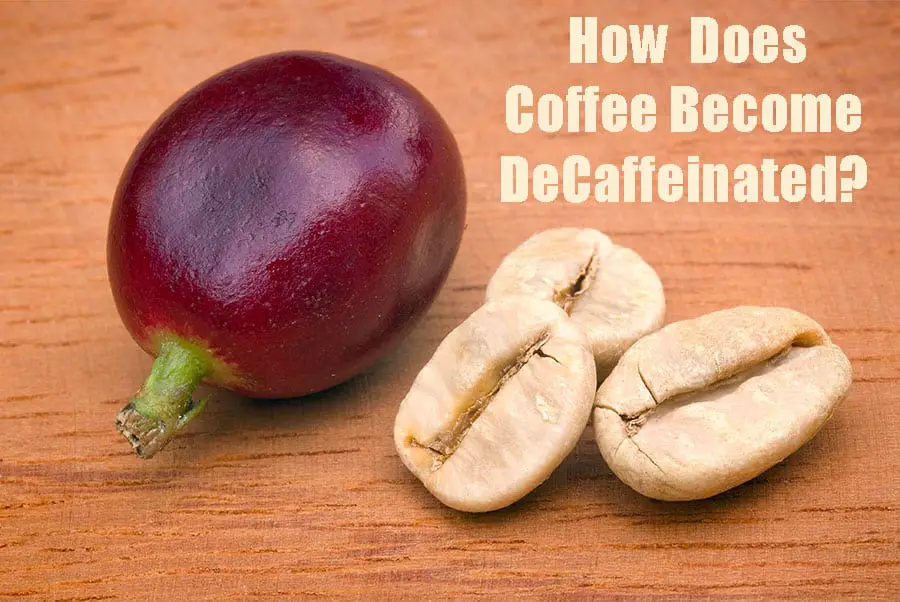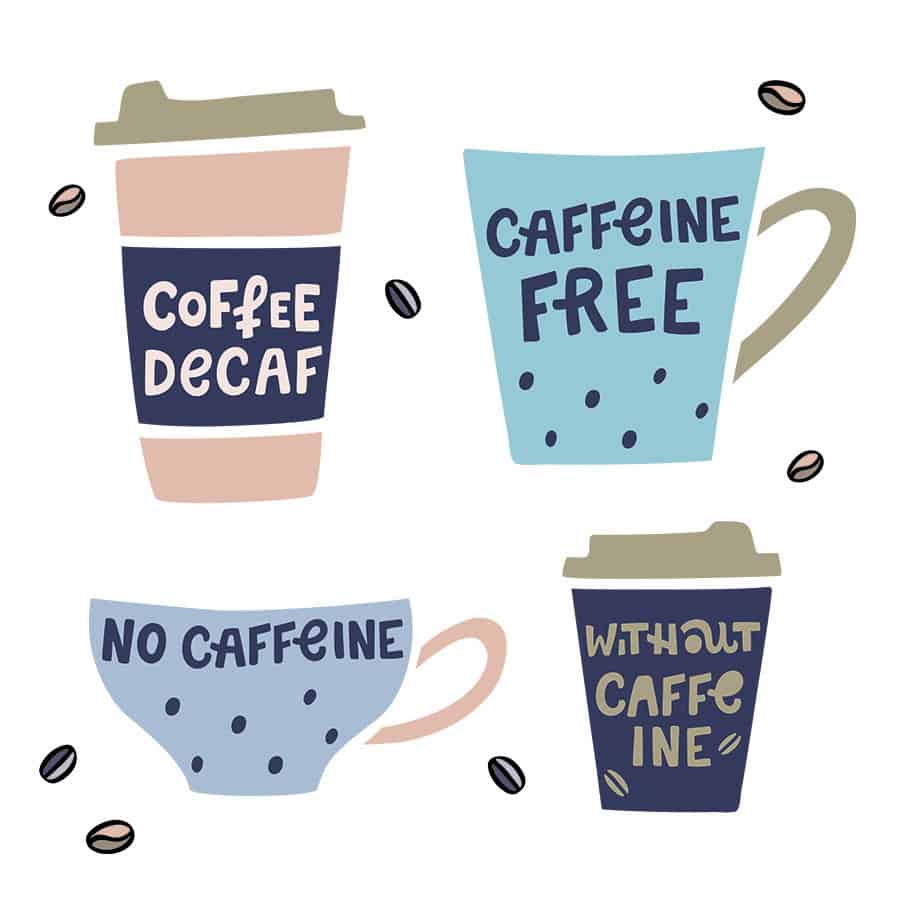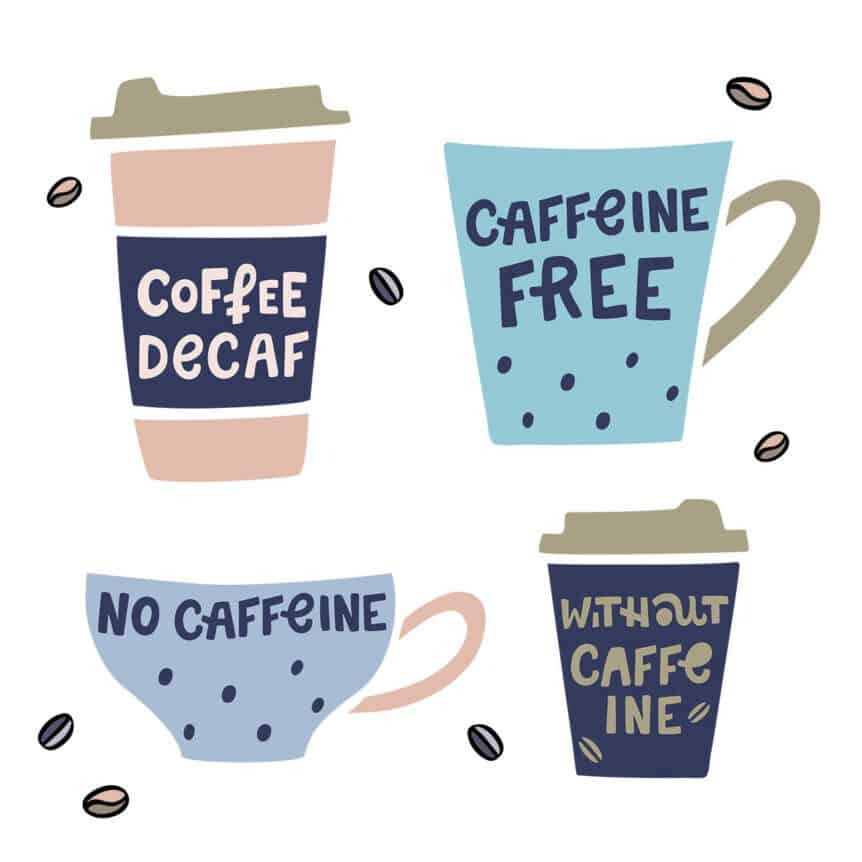
Decaffeinated coffee: it’s not an oxymoron, it’s a delicious reality! But how does that magical transformation from caffeinated kick to calming cup actually happen? Let’s dive into the fascinating world of decaffeination, exploring the four main methods that bring you your favorite guilt-free brew. We’ll uncover the science, address the safety concerns, and even help you choose the best decaf for your taste buds.
From Green Bean to Dream Bean: The Decaffeination Journey

All decaffeination processes start with unroasted (“green”) coffee beans. The goal is to remove the caffeine while preserving as much of the bean’s natural flavor as possible. This is a delicate balancing act, and different methods achieve it in different ways. Think of it like choosing a route for a road trip – you have several options, each with its own advantages and disadvantages.
1. Solvent-Based Decaffeination: A Chemical Balancing Act
This method, sometimes divided into “direct” and “indirect” approaches, uses chemical solvents to extract the caffeine. Think of it as a caffeine magnet!
Direct Method
The beans are steamed and then soaked directly in a solvent, usually methylene chloride or ethyl acetate. These solvents bind to the caffeine molecules, effectively dissolving and removing them. Think of it like using a sponge to soak up a spill. The solvent is then drained, and the beans are steamed again to remove any residual solvent.
Indirect Method
This is a two-step process. First, the beans are soaked in hot water, which is then drained. This water, now rich in caffeine and flavor compounds, is treated with the solvent. The solvent extracts the caffeine, and the now-decaffeinated water is returned to the beans, allowing them to reabsorb their original flavors. It’s like making a flavorful tea, then removing the caffeine from the tea before adding it back to the original tea leaves.
While the use of chemicals might sound alarming, the FDA regulates the levels of these solvents, ensuring they are well below safe limits. The roasting process further reduces any remaining traces. Ethyl acetate, in particular, is often touted as “natural” as it occurs in small amounts in some fruits.
2. Carbon Dioxide (CO2) Decaffeination: The High-Pressure Houdini
This method uses highly pressurized liquid carbon dioxide (think of it like a supercharged seltzer) to act as the solvent. The CO2 selectively targets and binds to the caffeine molecules, leaving the flavor compounds intact. The process is similar to the solvent method, but uses CO2 instead. Once the caffeine is removed, the CO2 is evaporated, leaving behind decaffeinated beans.
The CO2 method is praised for its efficiency and minimal impact on flavor. It’s like a gentle extraction process, carefully plucking out the caffeine without disturbing the other good stuff.
3. Swiss Water Process: The Flavor-Preserving Purist
This method is the darling of the natural decaf world. It uses only water, time, and temperature to decaffeinate the beans – no chemicals involved!
Here’s how it works: First, a batch of beans is soaked in hot water, creating a “green coffee extract” loaded with flavor but also containing caffeine. This extract is then passed through activated charcoal filters, which act like a sieve, trapping the larger caffeine molecules while allowing the smaller flavor molecules to pass through. The resulting decaffeinated and flavored water is then used to soak a fresh batch of beans. Because the water is already saturated with flavor, it only extracts the caffeine from the new beans, leaving the flavor intact.
The Swiss Water Process is like a gentle bath for the beans, washing away the caffeine while preserving the delicate flavors. Beans decaffeinated this way are often labeled “SWISS WATER” and are highly sought after for their superior taste.
Which Decaf is Right for You?
Each decaffeination method has its pros and cons:
- Solvent-based: Cost-effective, but some consumers have concerns about chemical residues.
- CO2: Effective and gentle on flavor, but can be more expensive.
- Swiss Water: Natural and preserves flavor, but is the most expensive option.
When choosing decaf, consider your priorities: budget, flavor, and concerns about chemical residues. Look for labels that specify the decaffeination method used. Swiss Water decaf will often be organic and command a higher price.
Decaf Myths Debunked
- Decaf coffee is completely caffeine-free: False! Decaf coffee still contains trace amounts of caffeine, but it’s significantly less than regular coffee (typically less than 3%).
- Decaf coffee tastes bad: Not anymore! Advances in decaffeination technology, especially the Swiss Water Process, have greatly improved the flavor of decaf coffee.
- All decaf coffee is the same: Definitely not! The different decaffeination methods result in varying flavor profiles.
The Future of Decaf
Decaf coffee is here to stay. As consumer demand for healthier and more natural options grows, we can expect to see further innovations in decaffeination technology. Who knows, maybe one day we’ll have caffeine-free coffee beans growing naturally!
So, the next time you reach for a cup of decaf, take a moment to appreciate the science and artistry that went into creating your flavorful and guilt-free brew. Cheers to decaf, the perfect companion for any time of day!

